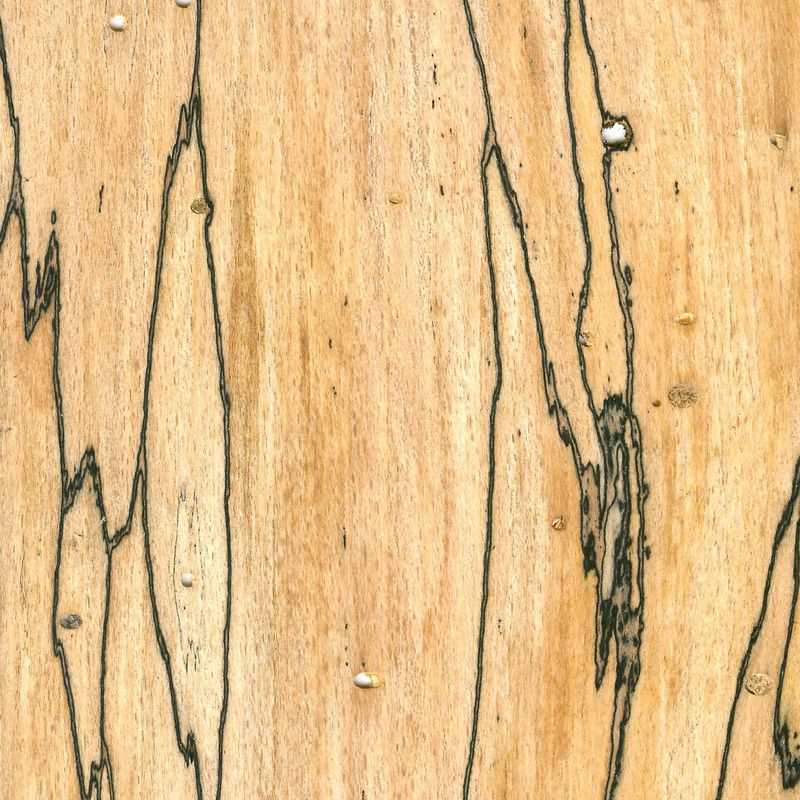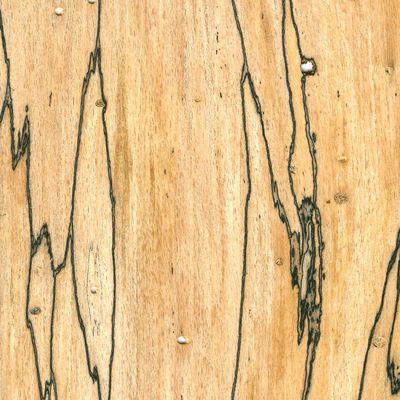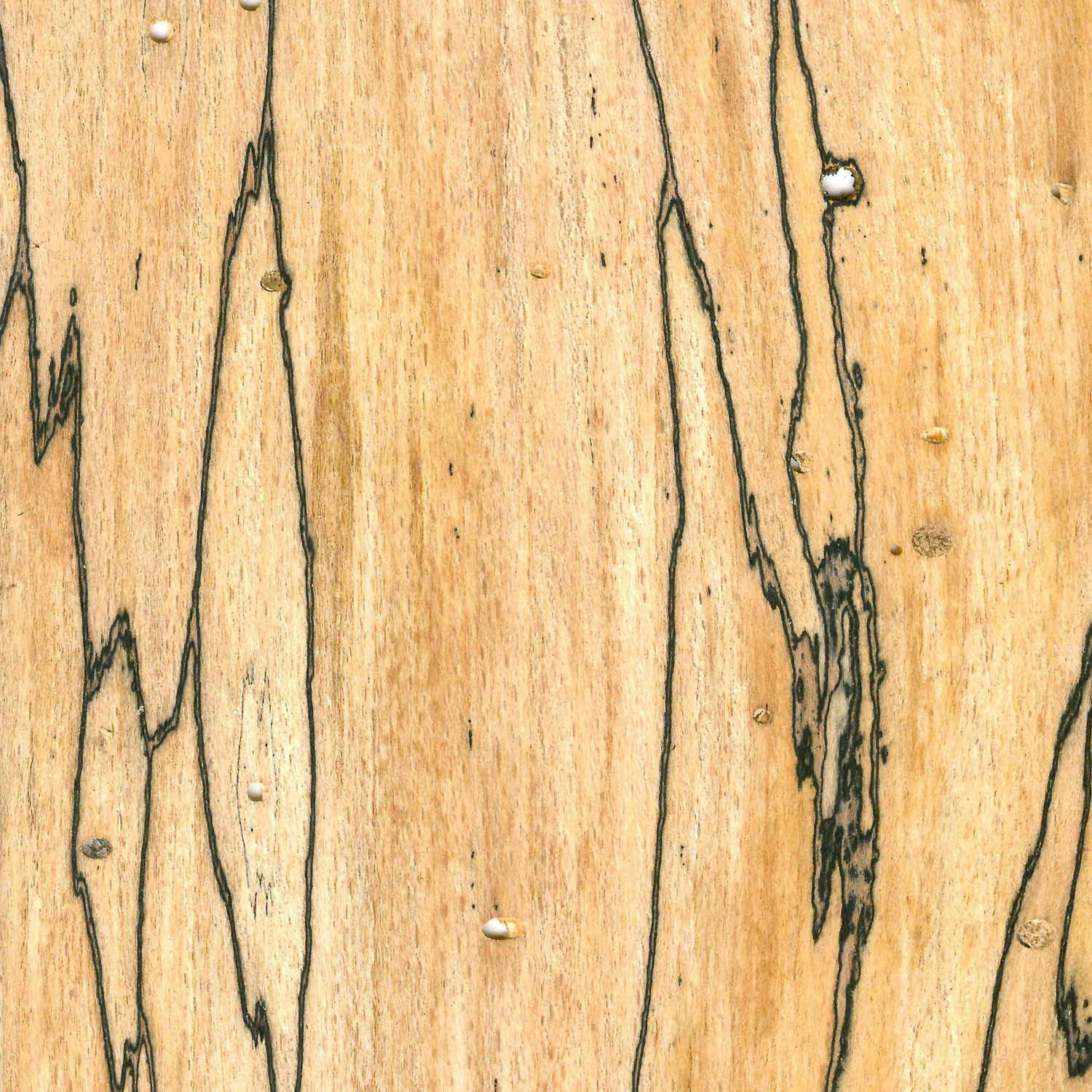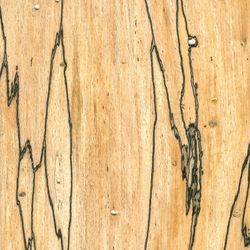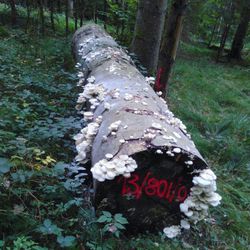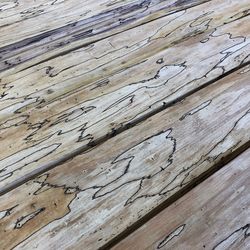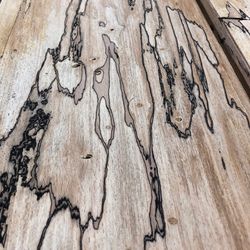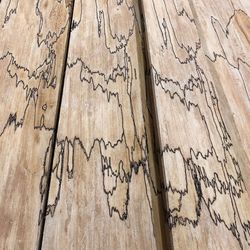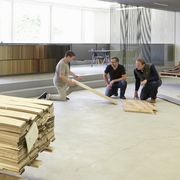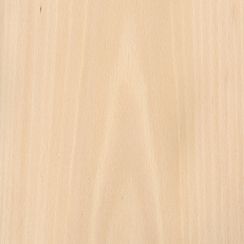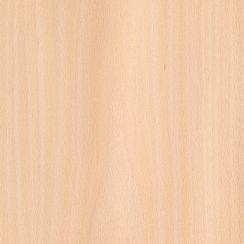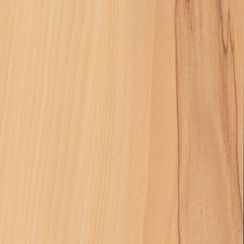Make an appointment at our concept.room for your individual project consulting
Veneer Truffle beech
BackOver time, flora and fauna set about reclaiming the trunk for the forest. Fungal spores have spread throughout the trunk over the years and begun to decompose. Insects also took a liking to the beech and left wild feeding grounds in the trunk. However, when cutting into a large part of the trunk, it was possible to see that a beautiful marbling had developed in the trunk.
The black veins form the demarcation lines caused by the fungi. An incredibly expressive whim of nature!
The unique specimen is now looking for an exceptional project, be it in upscale interior design, in an exclusive kitchen or in yacht and aircraft outfitting.
Detailed Description
A slow-growing tree, growing in closed stands and forests, reaching heights up to about 40 m and a diameter of up to 150 cm. The shaft is full woody, very good and straight grown, knotless up to 15 m. The bark is bast fibre free, smooth, grey-green.
Tradenames and other names
Bot. Name: Fagus sylvatica
Tradename De: Buche
Tradename En: Beech, white beech, unsteamed beech
Properties
Raw density: 610 - 850 Kg/m3
Occurrence
The beech is native to all of Europe with the exception of Greece and Spain.
Characteristic and wood color
Sapwood and heartwood are not different. The wood is reddish-white to light grey. The heart is generally without any special colouring. Occurring reddish brown heart colouring, so-called "false heartwood" is a disease symptom of the wood. The medullary rays are very broad and sharply defined, pores can only be seen with a magnifying glass. The growth zones are clearly visible by darker late wood with fewer pores than annual rings.
